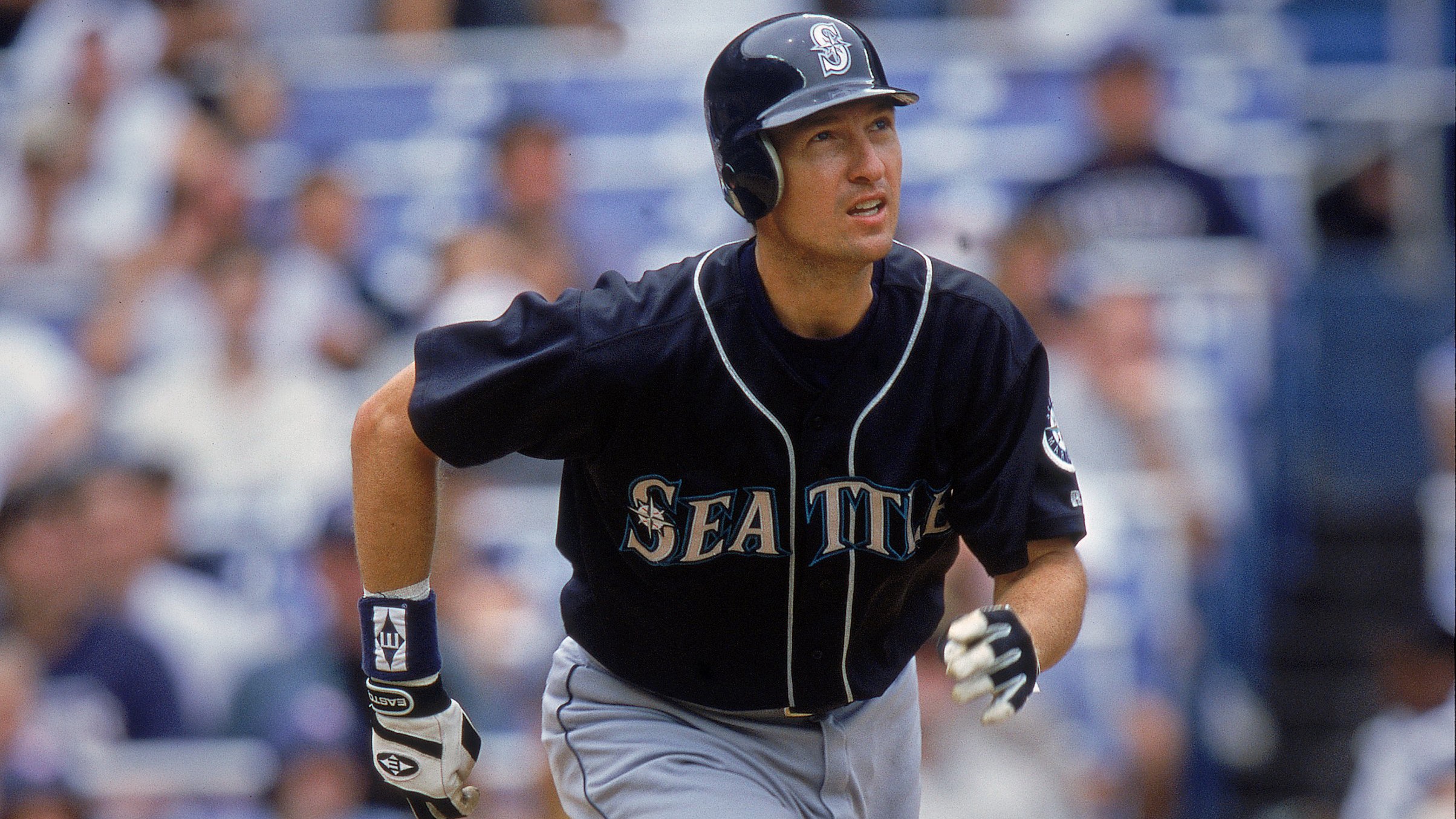
Ever heard the phrase “town and gown,” as in the divide that exists when a college is located in the middle of a town?
While apparently dating to medieval Europe, when university types traipsed about in gowns meant to keep them warm while sitting through lectures, as opposed to the more practical clothing worn by surrounding farmers and laborers, the term—and the tension—persists to this day. What’s good for the educated class is not always the same as what’s good for the manual labor crowd.
In Seattle, while not a traditional “college town” per se, there is a similar dynamic at work. Let’s call it brain and crane. Brain as in the organ that supposedly drives the growth of companies like Amazon, Microsoft and Starbucks. Crane as in that contraption that unloads shipping containers or builds the gleaming towers of glass and steel where some of those companies are headquartered.
Where it gets muddied is that brains are sometimes mistaken for billfolds, or vice versa. One or the other—or both—are what is responsible for the notion that Seattle needs a brand-new arena in order to lure back the basketball team that big-brain, presidential hopeful Howard Schultz, sold away over a decade ago. Since basketball teams sharing arenas with hockey teams is the new model—a “two-fer”—it was determined that Seattle also needs an NHL team.
First came investor Chris Hansen, who along with the Nordstrom family, offered to build an arena in SoDo, more or less adjacent to our football and baseball stadiums. Imagine, an arena “district”! But significant zoning hurdles existed, if ever there was to be a new arena in SoDo, including the vacating of an existing street.
In the end, the Port of Seattle and other crane-minded folks scuttled the plan, claiming, probably correctly, that the traffic was already bad enough in that part of town, and that adding another stadium would just make problems worse. In short, they argued that the industrial portion of the city would suffer at the hands of an expensive new arena and the people who would one day populate it.
While all this was happening, another group of investors, the Oak View Group, put together a plan to build a new Key Arena. Since Key Arena already exists, there would not need to be any zoning changes. But because the brain/billfold crowd can’t leave well enough alone, they settled on building a new and improved Key Arena on the site of the old one (retaining the original, somewhat architecturally significant roof), arguing that it will bring the arena up to the standards of modern teams and fans. They probably also sold the idea to the city on the grounds that the construction process would lead to more jobs—you know, for crane operators and such.
The new Key will house a new NHL team, an “expansion franchise”, in the parlance. Down the line, it may also become home to an NBA team, though that doesn’t appear to be on the horizon any time soon.
Along with the actual arena where the hockey games will be played, Seattle will be getting a brand-new practice facility on the grounds of Northgate Mall—because, thanks to Amazon, who needs malls anymore?
All of this is fine and good. Progress seems better than the alternative. The problem is that expensive new arenas often need to charge their customers accordingly in order to recoup construction costs, to say nothing of earning a profit. It would be great if the owners thought about what it might look like for the kind of person who helps build the arena actually wanted to attend an event there someday.
Some will say, why should it not be expensive to attend a sporting event at a new arena, since the public is already conditioned to thinking of stadiums as being expensive?
But it doesn’t have to be that way. When Mercedes-Benz Stadium opened two years ago in Atlanta, the owners made the decision to price their concessions low enough to not deter someone from enjoying them. They made beers $5 and hot dogs $2. This may not seem like a big deal, but it all adds up—parking, tickets, and concessions.
On the subject of Atlanta, have you heard the one about how if you want to see what a fully-realized subway system in Seattle would look like, just look at the one they have in Atlanta? Seattle voters famously turned down federal funding for such a system, first in 1968 and then again in 1970. The feds gave the money to Atlanta instead, where they were all too happy to take it.
It’s not possible for us to take their subway system from them, but we could borrow from their concession pricing.
Payback is only fair, town or gown, brain or crane, right?




